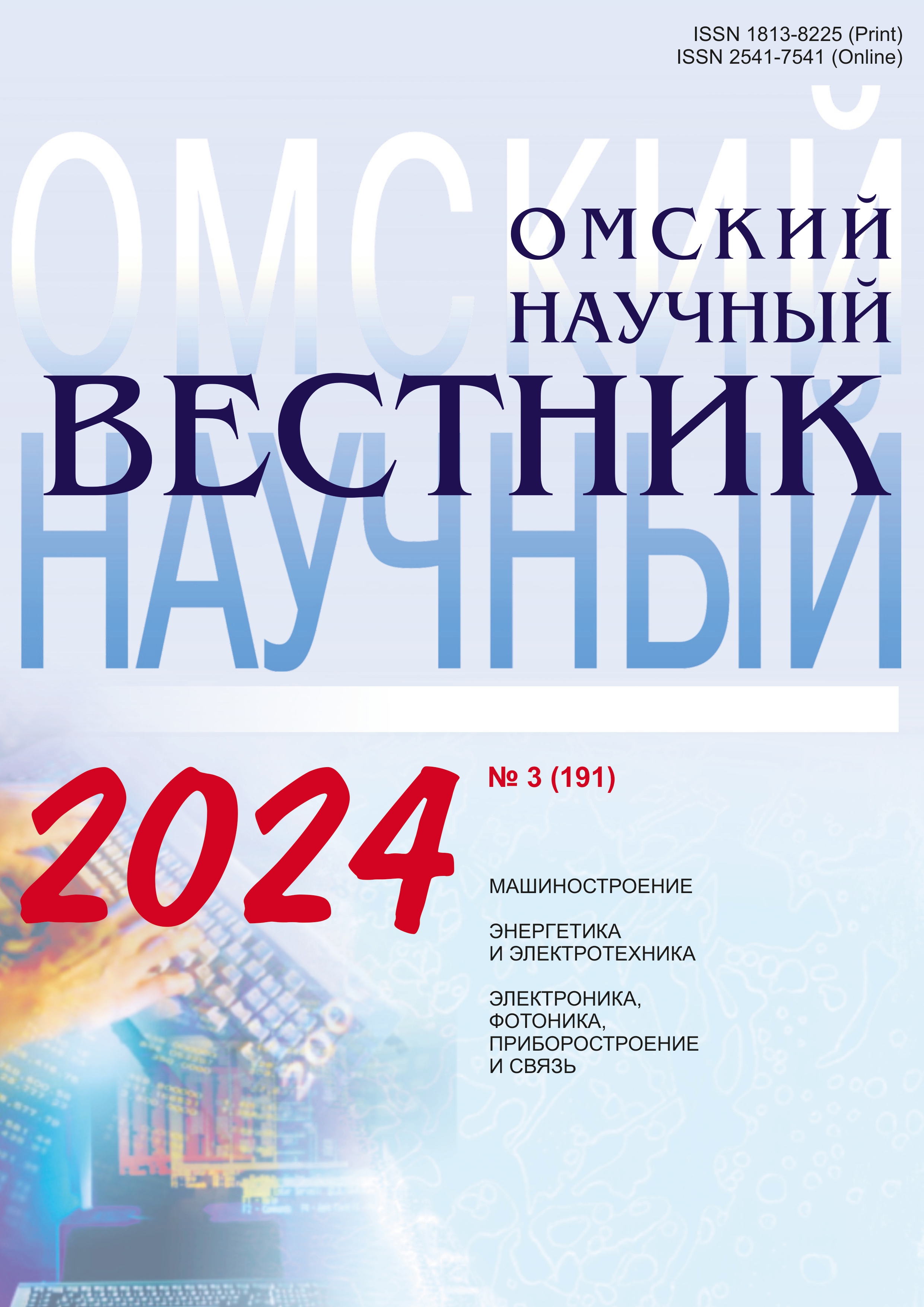Impedance of a flow-through measuring electrochemical cell with a system of planar interdigitated microelectrodes
DOI:
https://doi.org/10.25206/1813-8225-2024-191-133-141Keywords:
electrochemical cell, interdigitated microelectrode system, impedance, equivalent electrical circuit, Nyquist diagram, Bode diagram, impedance modulus, impedance argumentAbstract
The article considers a flow-through electrochemical cell with planar interdigitated microelectrodes intended for impedance studies of liquids. To assess the influence of the cell height and geometric parameters of the interdigitated microelectrodes on the cell impedance, an analytical approach is proposed that uses several levels of modeling electrochemical processes in the cell. At first, an elementary two-dimensional subdomain is distinguished in the cell structure, for which the potential distribution is determined by solving the differential equation of electrical conductivity. Using the obtained potential distribution, the linear parameters of the elementary subdomain, its linear resistance and linear capacitance are determined, on the basis of which the resistance and capacitance of the interdigitated microelectrode system are found. The impedance of an electrochemical cell with interdigitated microelectrodes is determined using its equivalent electrical circuit, which includes the resistance and capacitance of the interdigitated microelectrode system, the capacitance of the double electric layer on the surface of each microelectrode, and the resistances of the interdigitated microelectrode leads. Using the expression for the impedance of the electrochemical cell, its Nyquist and Bode diagrams are determined for different values of the cell height and geometric parameters of the interdigitated microelectrode system. The presented approach can be used to analyze processes in a flow-through electrochemical cell with interdigitated microelectrodes, its design, and the development of methodological support for impedance studies of liquid substances with help of it.
Downloads
Published
How to Cite
Issue
Section
License
Non-exclusive rights to the article are transferred to the journal in full accordance with the Creative Commons License BY-NC-SA 4.0 «Attribution-NonCommercial-ShareAlike 4.0 Worldwide License (CC BY-NC-SA 4.0»)




